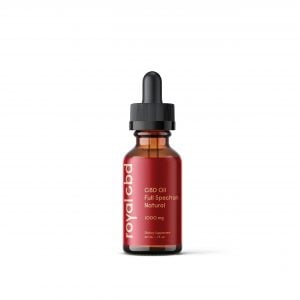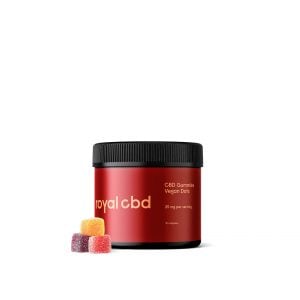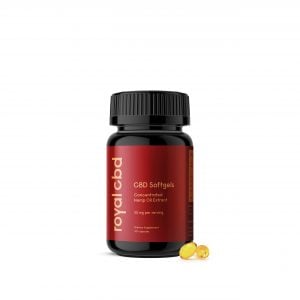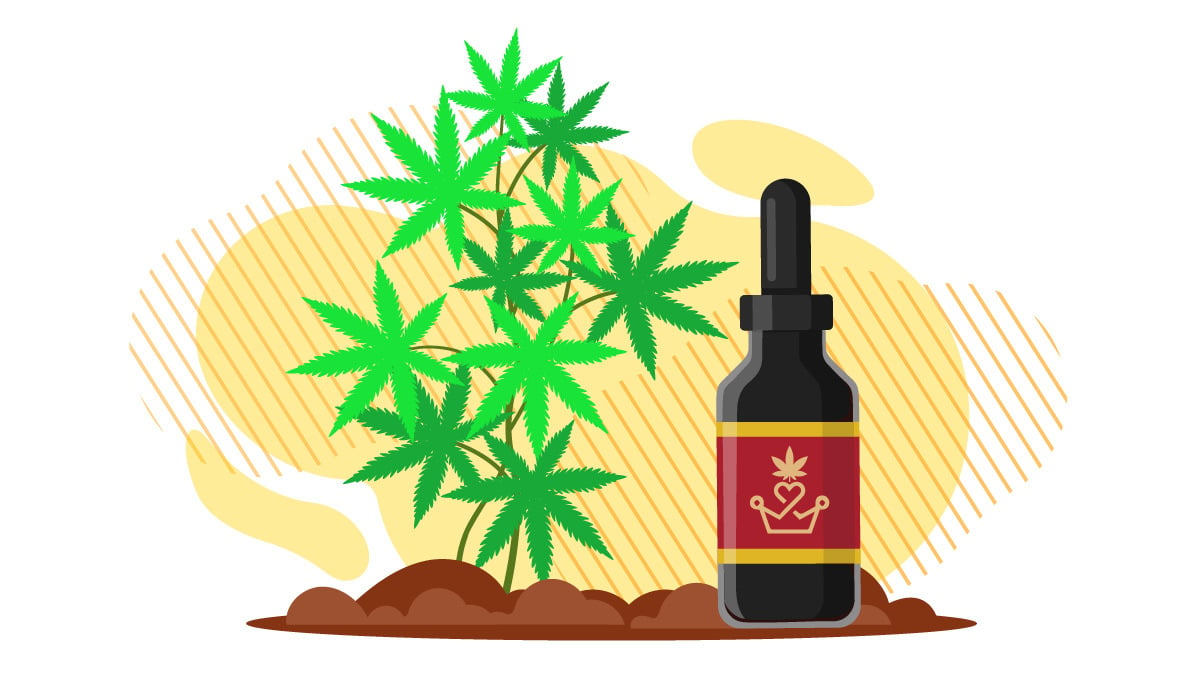We all have that friend who gets paranoid after just a few puffs of weed in a wrong setting.
Or the one who hogs on the blunt saying weed doesn’t work for them and they need macro-dosing.
There’s even the guy who turns into the literal cookie monster the second the sesh is over.
Why does cannabis affect each of us so differently?
There are several factors that come into play when referring to the cannabis experience.
In this article, we explain each of these variables to give you a better understanding of how cannabis interacts with the body on an individual basis.
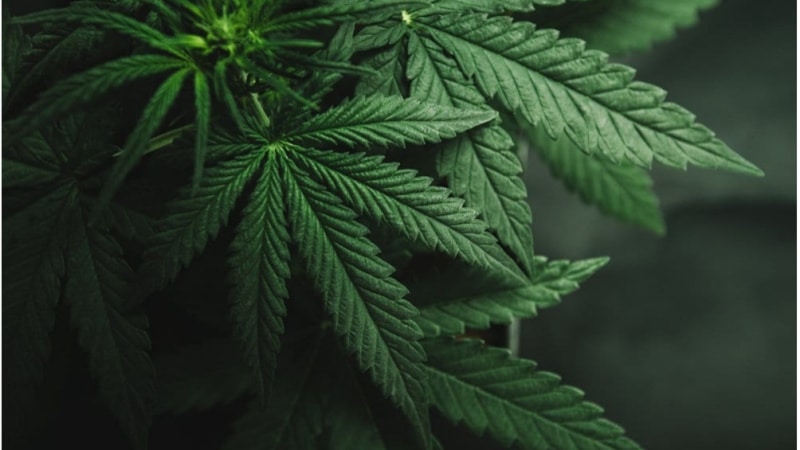
Why Does Cannabis Affect Everyone Differently?
How many times have you heard that “weed is just weed” and people who talk about the different effects of cannabis should stop overcomplicating things?
Such a one-dimensional perception of this subject is not only scientifically wrong but also a short-sighted approach to cannabis — a plant whose complexity has been puzzling researchers for centuries.
Here’s why cannabis affects everyone differently.
1. Genetics
Our genes determine how we respond to different stimuli — including the active compounds of cannabis (THC and CBD) [1].
When it comes to the relationship between humans and cannabis, scientists estimate that around 20% of the U.S. adult population has a unique genetic mutation resulting in increased levels of their body’s endocannabinoids.
If you’re in that 20%, you’ll most likely be less prone to experiencing THC-induced anxiety but you’ll also be less reactive to the effects of THC and CBD in general; that’s because your body already produces high concentrations of its cannabinoids.
Those with endocannabinoids levels below the average are more inclined to experience psychoactive effects of THC, but they will also react better to the high.
Of course, this “deficiency” comes with certain perks; for example, you’re more economical than other cannabis users. On the other hand, you’ll also have to pay more attention to how much you consume if you don’t want to go overboard.
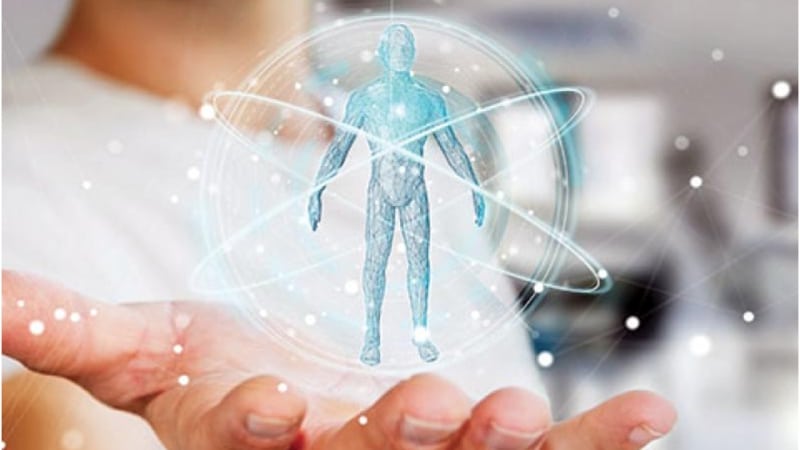
2. Unique Biochemistry
At any given moment, there are billions of biochemical processing taking place around the body. This includes everything from electrical impulses traveling through the nerve fibers, to the formation of proteins by the cells.
Each of us is unique in our biochemistry. There are so many variables it’s impossible to count the number of combinations available in our biochemical balance.
Whenever we introduce compounds to the body — including the cannabinoids — they interact slightly differently depending on some of the biochemical reactions taking place in the body.
This isn’t unique to cannabis — it happens with nearly every chemical that enters the body. We bet you know someone who acts like a drugged-out Tony Montana after having a single cup of coffee.
Or — because that’s totally possible — you have a friend who gets drunk after having just two drinks?
That’s because our biochemistry changes with time and is affected by the aforementioned genetics, lifestyle, diet, habits, exposure to stress, other medications and supplements, medical conditions, and more.
For example, endocannabinoids come from fatty acids and their production is spurred in the presence of omega-3 fatty acids. With that in mind, if your diet is poor in those fats, or their intake isn’t high enough to keep your endocannabinoid system going strong, it will eventually become less efficient.
As a result, your high will probably be more intense, but then again, you’ll also be more prone to experiencing the anxiety and psychotic effects of the herb.
Long story short, your biochemistry can change the way cannabis affects you at any given moment.
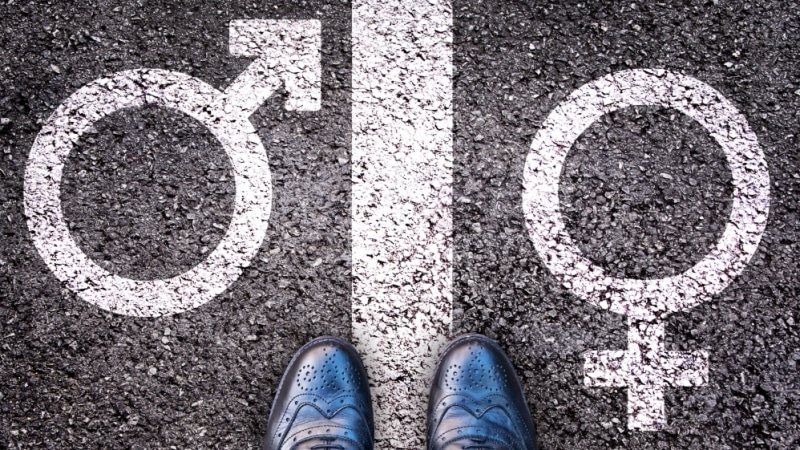
3. Your Gender
People are crazy about gender equality these days.
Yet, the compounds in cannabis pay no attention to your gender.
Men and women respond to marijuana differently — that’s not gender bias, it’s a fact.
Men are more likely to get munchies after smoking their buds whereas women are more sensitive to the general effects of cannabis on their health. Ladies also need less cannabis to experience its painkilling properties.
Need more examples?
Let’s talk about hormones.
Did you know that the time of the month when a woman uses cannabis can affect the way she experiences her high?
THC, the primary psychoactive compound in the plant, has been shown to have even stronger effects when estrogen levels are high. When estrogen levels reach their peak and begin to decline, that’s exactly the sweet spot for getting the most out of cannabinoids [2].
4. Tolerance
It’s actually a commonly known fact that over time and continued use, people are likely to build a substance tolerance. If you use high-THC strains on a regular basis, you’ll eventually need higher doses to achieve the same effect as you did, say, two months ago.
Interestingly, CBD, the second-major (and non-psychoactive) cannabinoid doesn’t cause users to build a tolerance, as indicated by one study from 2011 [3]. These findings, however, need further confirmation; some CBD users report tolerance formation after consistently taking high doses of CBD (over 1,500 mg daily).

5. Your Overall Health
If you have a medical condition, chances are your biochemistry and endocannabinoid levels are changed in some way. When using cannabis, a substance that triggers a series of downstream chemical interactions in your body, you alter that biochemistry once again.
To put it in simple words, a person with PTSD or fibromyalgia will react differently to cannabis than someone with optimal health.
For example, PTSD patients are less likely to get high from THC-rich strains. Instead, they will feel calmer and “normal.”
Both of these conditions are associated with undesirable changes in biochemistry and the endocannabinoid system. But to be honest, even a simple cold or flu can change the way you react to cannabis.
6. Cannabinoid Content of Your Cannabis Strain
Cannabis users have been saying this for decades, but finally, we have scientific evidence to prove it: not all strains are created equal. The cannabinoid content can vary by individual breed.
Today, you can choose between high-THC, high-CBD, or 50/50 strains.
A study conducted in 2010 investigated the combined effects of THC and CBD, the two most abundant cannabinoids in cannabis. They found that CBD can inhibit some of the negative effects of cannabis that can be induced by THC in some users, such as feelings of anxiety or paranoia [4].
If you’re someone with a tendency to get anxious by mild stimuli, high-THC strains may even worsen your condition.
This is where high-CBD strains step into the game.
By increasing the amount of CBD in different strains, breeders have created plenty of buds that allow you to enjoy the therapeutic effects of cannabis while staying on the verge of getting high. When using such strains, you may be able to mitigate or completely reduce some of the negative effects of cannabis.
Conversely, you should abstain from smoking high-THC, low-CBD strains, as they are more likely to produce adverse reactions and bring about that distressing, “too high” feeling.

7. Environment
In 1971, researchers came with the suggestion that the effects experienced by cannabis users are partially dependent on the environment in which people use it [5].
While we’re far from this “it’s all in your head” approach, consuming cannabis in an environment where you feel comfortable and relaxed can help you get a more positive buzz. That’s because cannabis acts as an amplifier for your current state of mind.
Long story short, a joint or a vape session can make a good day even better, but when consumed with anxiety or in the wrong setting, it can take you down a whole spectrum of negative feelings.
Consuming cannabis at crowded events may help calm you, but it can also trigger fear and paranoia in some users. If you’re just getting started with cannabis, we suggest that you skip that joint and wait until you find yourself in more favorable surroundings.
Once you’ve gained a better understanding of how you react to cannabis, you can start to experiment with using it in various settings.
Conclusion
Scientists have discovered over 113 compounds within the cannabis plant, so it’s actually a fallacy to think that such a complex plant will have the same effect on every single person on this planet.
As you can see, there are, at least, seven evidence-based factors that help us answer why cannabis affects everyone differently. More countries than ever are now loosening their harsh policies around the herb, so we hope with more research, we’ll be able to fully account for the slight differences in the way our bodies process plant-based cannabinoids.
We hope this article has given you a good starting point, though.
Have you ever found yourself reacting differently to cannabis under certain circumstances? Share your stories in the comments below!
References:
- Tunbridge, E. M. et al. (2015). Genetic Moderation of the Effects of Cannabis: Catechol-O-methyltransferase (COMT) Affects the Impact of Delta9-tetrahydrocannabinol (THC) on Working Memory Performance But Not on the Occurrence of Psychotic Experiences. Journal of Psychopharmacology, 29(11), 1146-1151.
- Farguhar, C.E., Breivogel, C.S., Gamage, T.F., Gay, E.A., Thomas, B.F., Craft, R.M., Wiley, J.L. (2019) Sex, THC, and Hormones: Effects on Density and Sensitivity of CB1 Cannabinoid Receptors in Rats. Drug and Alcohol Dependance, 194, 20-27.
- Bergamashi, M.M., Queiroz Costa, R.H., Crippa, J.A., and Zuardi, A.W. (2011). Safety and Side Effects of Cannabidiol, a Cannabis sativa Constituent. Current drug Safety, 6.
- Bhattacharyya, S. et al. (2010). Opposite Effects of Delta-9-tetrahydrocannabinol on Human Brain Function and Psychopathology. Neuropsychopharmacology, 35, 764-774.
- Jones, R.T. (1971). Tetrahydrocannabinol and the Marijuana-induced Social “High,” or the Effects of the Mind on Marijuana.
